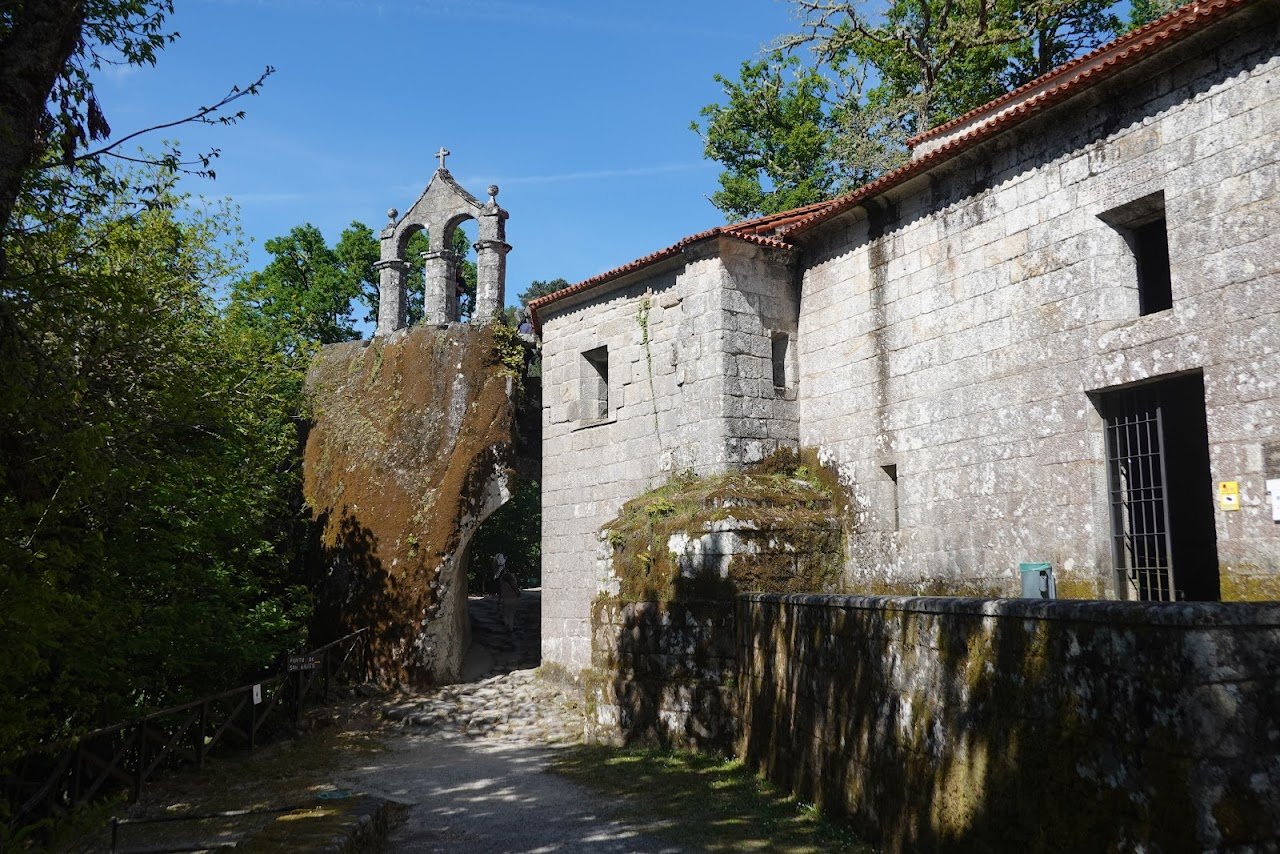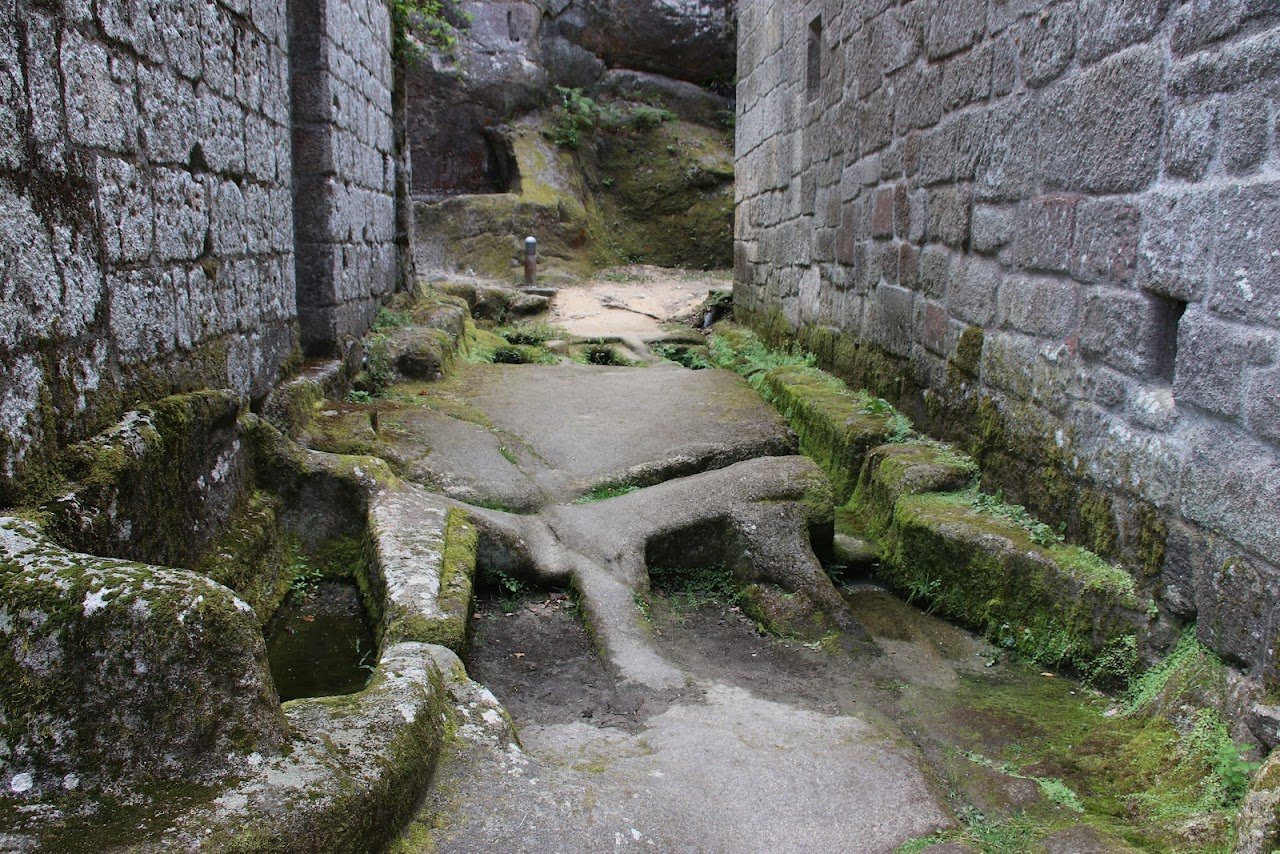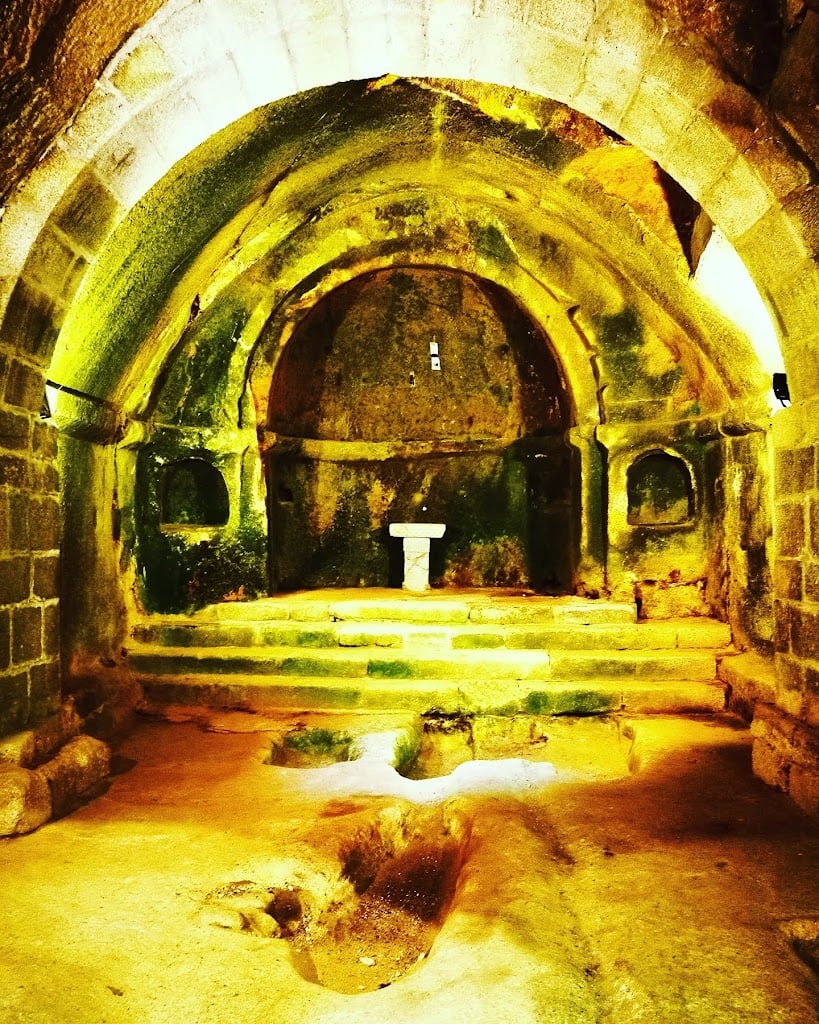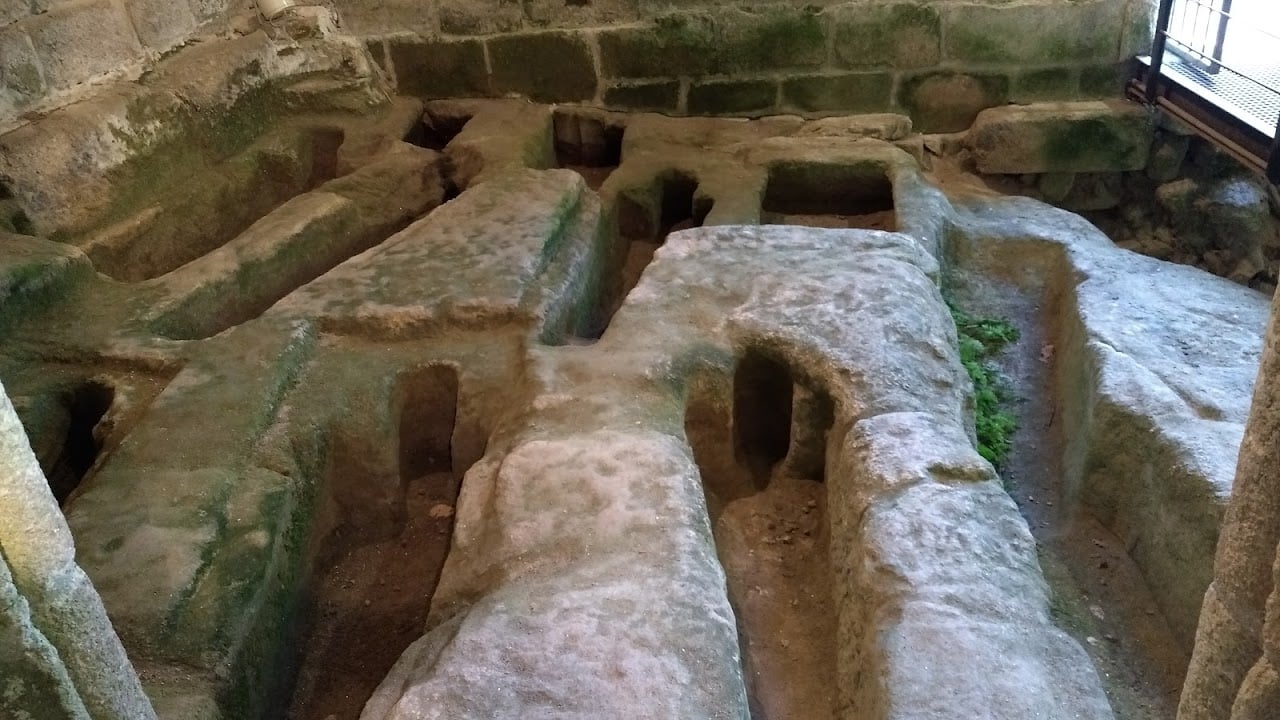Mosteiro de San Pedro de Rocas





Ask ThatchGPT
Suggest a local expert to plan my trip
Suggest an unique itinerary for my Spain trip
What foods do Spain locals eat
What are some true hidden gems in Spain
Help me brainstorm trip ideas for Spain
Help me plan a family-friendly trip to Spain
What people say
Pedro Pereira
Available for hire
"We know that in the year 573, six men inherited this place. The fact that six people inherited this leads us to think of the beginning of a possible community life. San Pedro de Rocas is one of the first places in Galicia where the transition from solitary life to group life takes place.
In the 9th century, life in the Rocas complex resurged in the times of Alfonso III the Great when we should mention the figure of the knight Gemodus, who appears as the restorer of the monastery.
From the 10th century, San Pedro de Rocas was a monastery always dependent on Celanova, although during part of the 12th century it was linked to that of Santo Estevo de Ribas de Sil.
At the end of the 15th century, the Benedictine reform was imposed in Galicia. This reform meant the grouping of monasteries and San Pedro de Rocas was incorporated as an administrative priory to San Salvador de Celanova. The monastery's life as an autonomous monastery ended, becoming a parish governed by monks until the confiscation.
The monastery suffered several major fires. One in the 10th century destroyed the archive. In 1928 we have documented another that was devastating and reduced San Pedro de Rocas to a deplorable state. The decision was made not to restore the church and to build a new, simpler one in Quinta do Monte. The bells were moved there and a new cemetery was built.
The first thing we find when we arrive is what is known as the Priory House, a building from the end of the 17th century that probably occupies the site where the primitive monastery was located, which disappeared when it was destroyed in one of the many fires that devastated this place. Today it houses a Ribeira Sacra interpretation centre.
Next to it is the church, which is certainly the most important part of the architectural complex. At the end of the 6th century, nothing of what currently makes up the complex would have existed except for the caves. Three caves would have pierced the mountain and in them lived a semi-communal life or perhaps already in a complete community, six men. We know that these constituted a Christian group. The church was formed as we see it today, between the 12th and 13th centuries. The naves were given a façade by means of arches added in two of the entrances to them. It has a central chapel and two side chapels. Looking straight ahead from the entrance door, in the left side chapel there is a tomb under an arch, perhaps that of Gemodus. On the wall under the arch, between the years 1175 and 1200, a mural painting was made unprecedented in Galicia that has the peculiarity of being the only mural world map known to date from the Romanesque period. The map described the apostolic diaspora, although humidity problems have deteriorated it.
Another of the peculiarities of San Pedro de Rocas is that it preserves a series of anthropomorphic tombs on the floor of the church.
The current façade of the church was built in the 19th century and was designed to imitate the building style of the Priory House.
The bell tower has been and probably will be the symbol of this monastery. Although it is a fairly common bell gable in Galicia, its location makes it different from everything we have seen so far, as it is located on a very high natural rock monolith.
Another must-see place is the San Benito fountain, which they say has miraculous waters. It is a natural fountain, where the water comes from between the rocks. This fountain was traditionally dedicated by the locals to San Benito. In ancient times they said that whoever put a wart in the water and prayed an Our Father would be cured."
Read more in:
Mentioned in these guides
About Mosteiro de San Pedro de Rocas
Get the inside scoop on Mosteiro de San Pedro de Rocas from local experts, travel creators, and tastemakers. Browse genuine trip notes, Mosteiro de San Pedro de Rocas reviews, photos, travel guides, and itineraries from real travelers and plan your trip with confidence.
Phone
Save this spot for later or start mapping out a new trip today
Try our AI Travel Assistant and get instant answers to any questions about your trip.
Ask ThatchGPT

